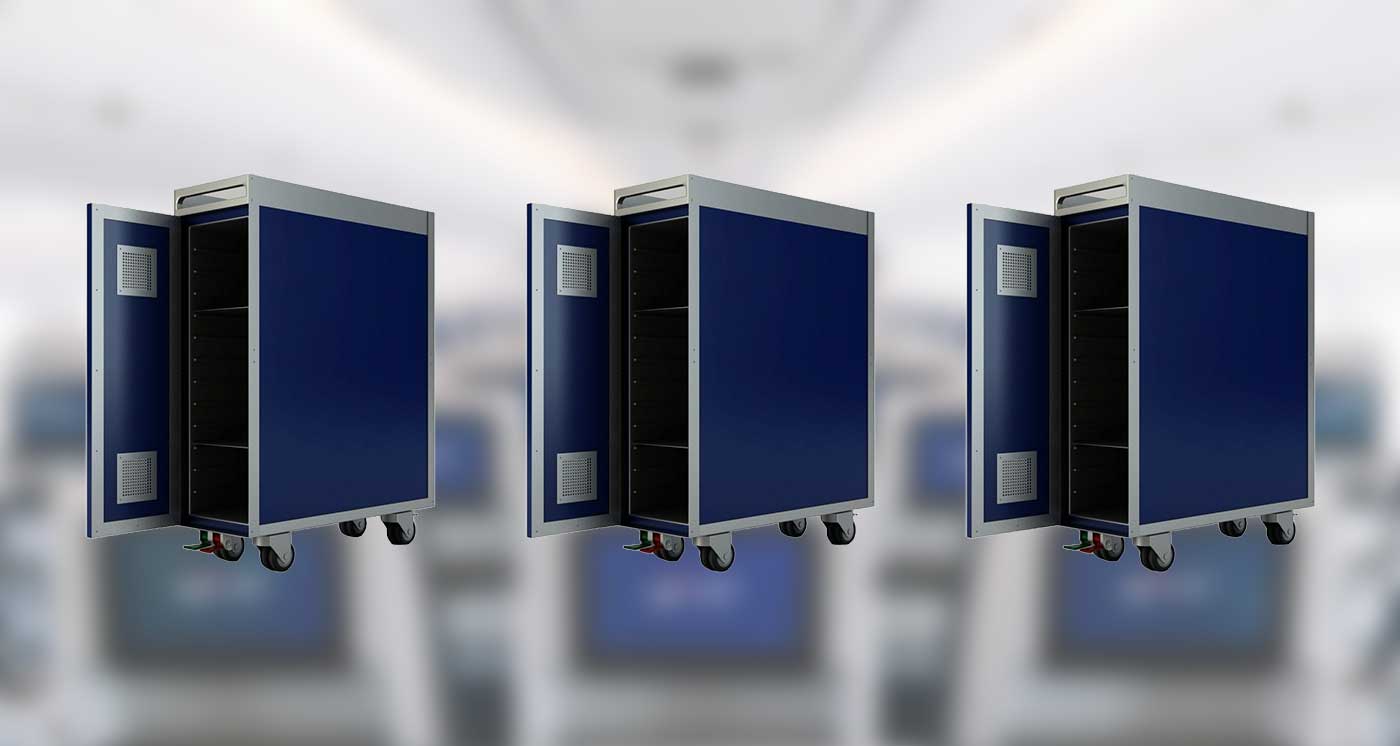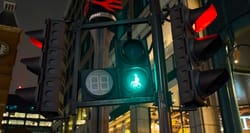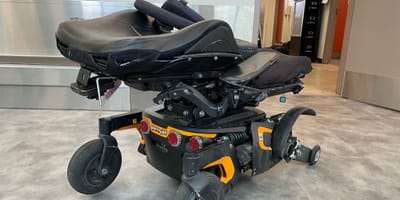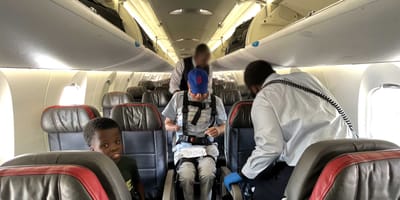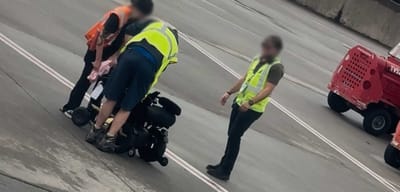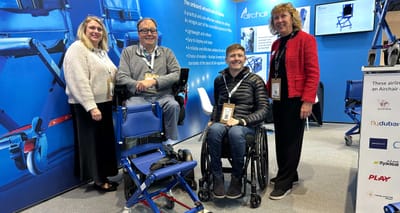When a producer from the Canadian Broadcasting Corporation, CBC, asked me to comment on an incident that saw a wheelchair user removed from a British Airways flight using catering trolleys, I couldn’t believe it. “Really,” I asked?
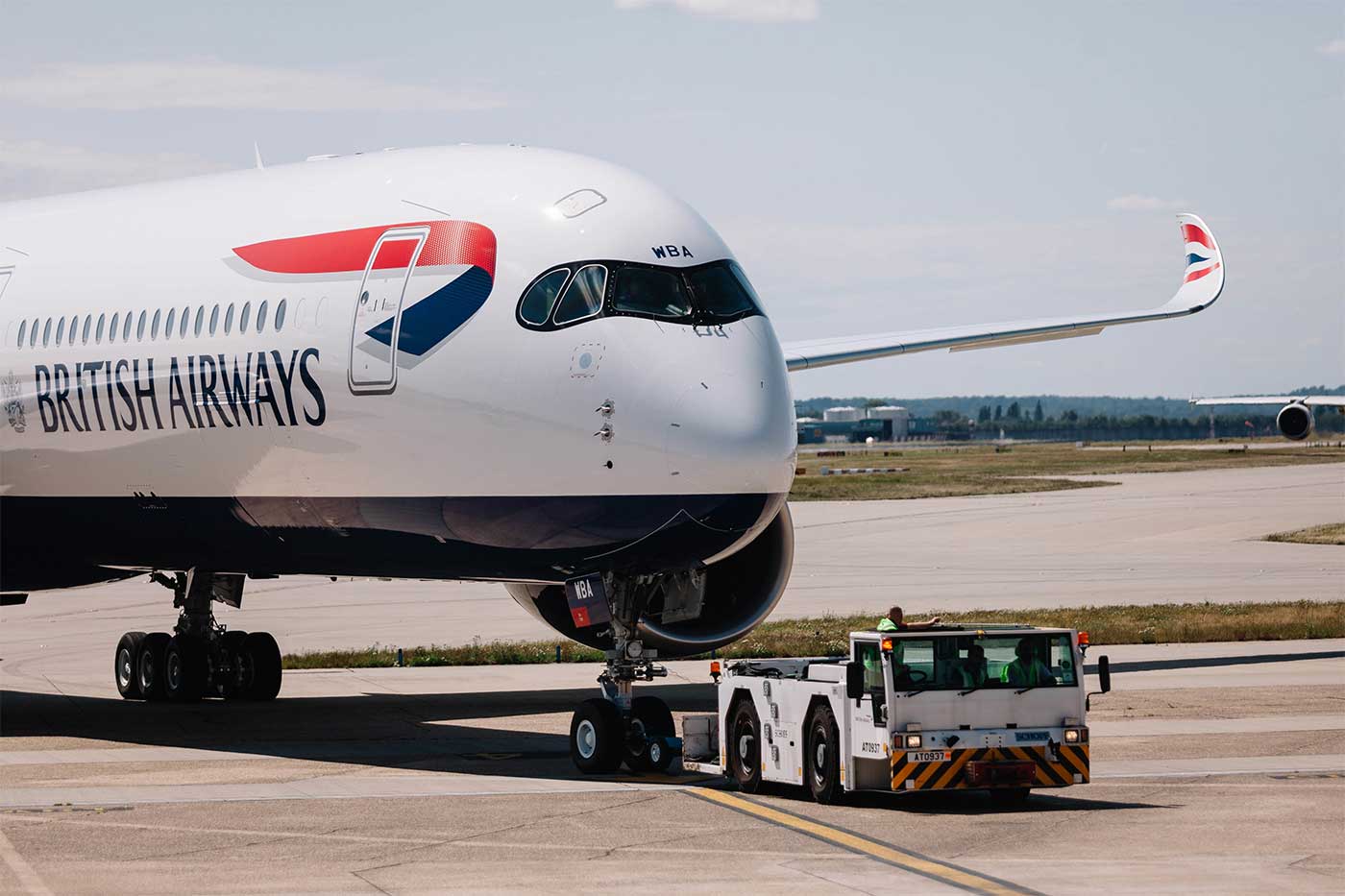
On July 25, 2022, 63-year-old Geoffrey Schneiderman, who has multiple sclerosis and uses a wheelchair, traveled with British Airways from London to Vancouver. In London, he boarded the aircraft with the assistance of the Eagle Lift, a transfer hoist that eliminates the need for an aisle wheelchair and staff to physically lift disabled passengers from their mobility devices.
Upon arrival to Vancouver, Mr. Schneiderman was told that the Vancouver Airport did not have an Eagle Lift, and he was forced to wait onboard for two hours while paramedics devised a solution to offload him from the airplane.
According to reporting by CBC, when paramedics arrived, “they used a clamshell backboard, a rigid stretcher that snaps in half down the middle and can be wedged under a person from either side of their body,” using it to lift him onto the top of two beverage carts — the type flight attendants use to distribute drinks, snacks and meals to passengers during flight.
Mr. Schneiderman told CBC that, while he was being wheeled down the aisle, “the carts started separating — that was the point when my partner said he nearly had a heart attack, because he could see what was happening and heard them call that the trolleys are coming apart.” He commented, “Food carts are just not designed to transport people.”
In the jet bridge, he was taken off the trolleys and dragged to his wheelchair, causing his shoes to come off. The incident led to a pressure sore on his foot, which became septic and nearly led to amputation.
British Airways offered compensation in the amount of £500 GBP, which was negotiated up to £1,500, equivalent to about $1,900 USD. Schneiderman told CBC that the amount was not sufficient to cover months of medical care that he required.
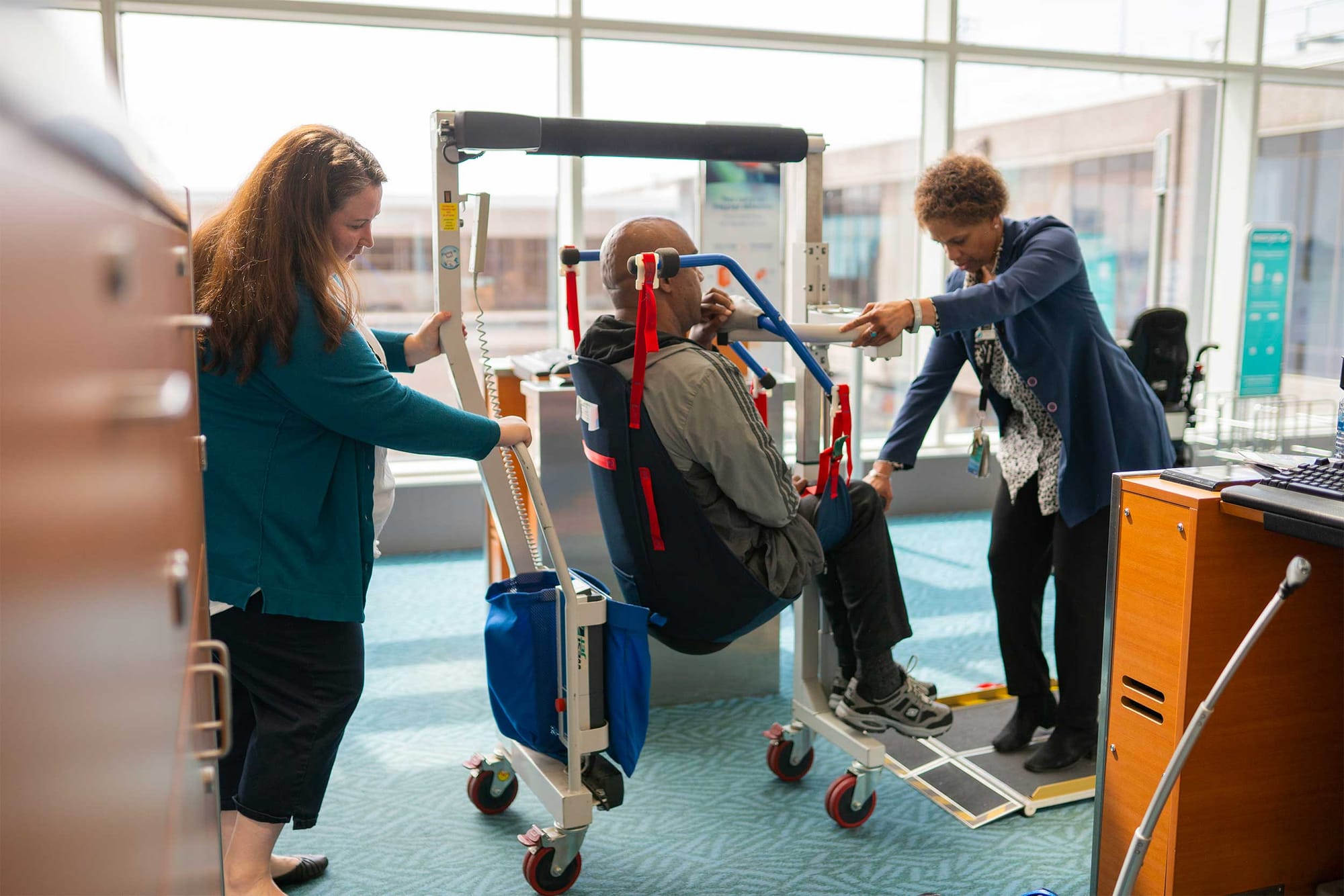
The Vancouver Airport, in a statement to CBC, stated that “airlines have a duty to safely onboard, carry and deplane all passengers. It is also each airlines’ responsibility to work with their contracted ground handling crews who support airlines by providing the specialized equipment required for travellers with mobility issues.”
As it turns out, Eagle Lifts have been available at the Vancouver Airport in the past, with multiple Wheelchair Travel readers having reported using them, and the airport documenting their existence on its own website. Why an Eagle Lift was not made available to Mr. Schneiderman remains a mystery, but it is clear that British Airways failed to uphold its duty of care, causing significant injury.
Passengers should not be forced to wait hours to deplane, and airlines must ensure that their assistance contractors are prepared with the proper equipment to help passengers on and off the aircraft at the appropriate time. In speaking with the CBC, I called the manner in which Mr. Schneiderman was deplaned “shocking,” but it was much more than that — it was negligent, unnecessary, and unacceptable.

